Why Kerala has become a foodie hotspot for tourists and locals alike
Younger Indians, flush with disposable income and a newfound appreciation of the cultural riches within their own borders, are flocking to the state
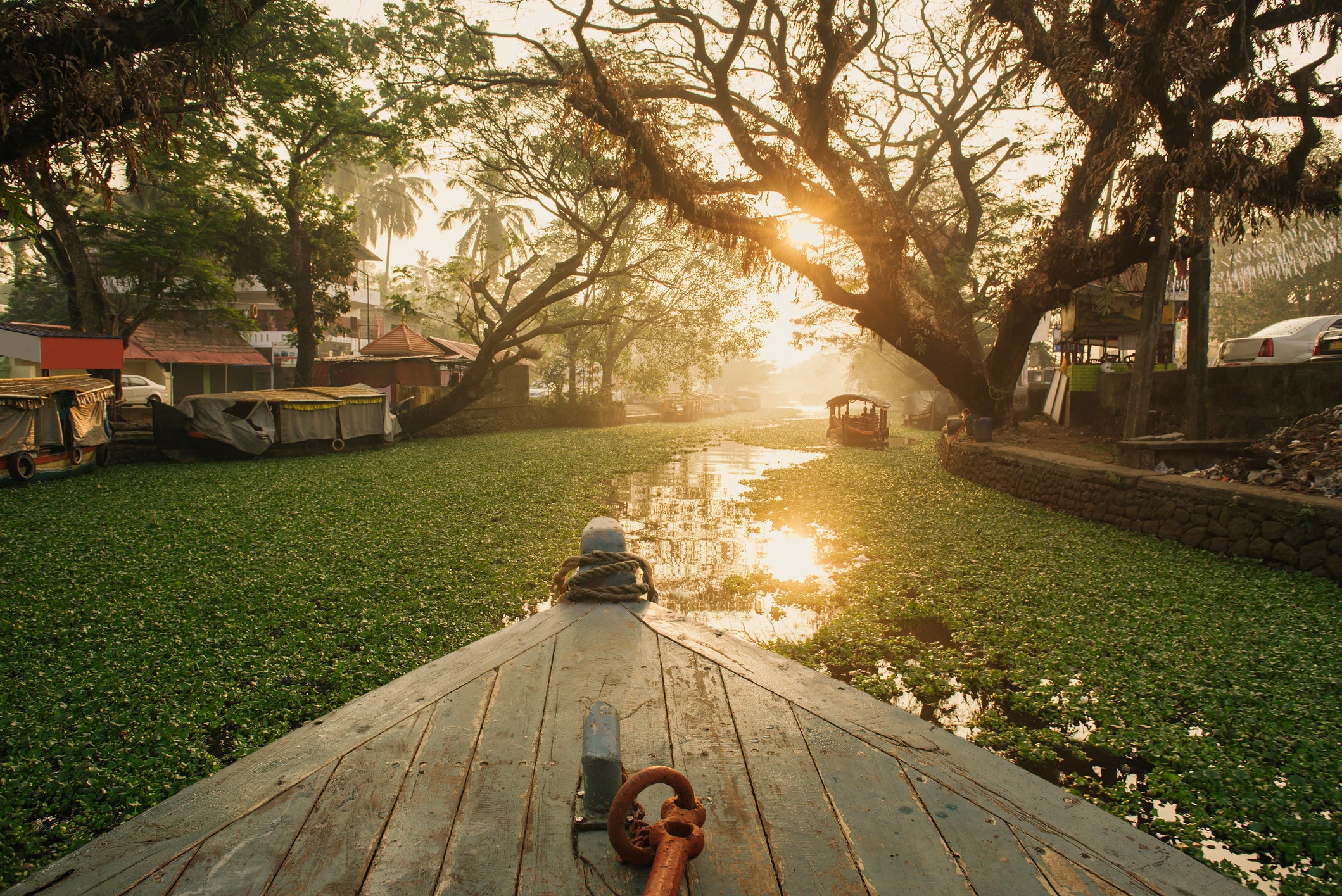
Your support helps us to tell the story
From reproductive rights to climate change to Big Tech, The Independent is on the ground when the story is developing. Whether it's investigating the financials of Elon Musk's pro-Trump PAC or producing our latest documentary, 'The A Word', which shines a light on the American women fighting for reproductive rights, we know how important it is to parse out the facts from the messaging.
At such a critical moment in US history, we need reporters on the ground. Your donation allows us to keep sending journalists to speak to both sides of the story.
The Independent is trusted by Americans across the entire political spectrum. And unlike many other quality news outlets, we choose not to lock Americans out of our reporting and analysis with paywalls. We believe quality journalism should be available to everyone, paid for by those who can afford it.
Your support makes all the difference.The skinny, 80-year-old Indian yogi is doing his best to suggest ways I might adjust my ample 55-year-old American body into a passable downward dog.
I admire his ambition. I’m an enthusiastic but generally bad practitioner of yoga. But here in the darkened yoga hut at Spice Village, a botanically focused resort on 14 organic acres in the middle of the Cardamom Hills of Kerala, on India’s south-western coast, I think I have found a kindred soul on the mat next to me. Her downward dog isn’t looking so good, either. We smile at each other in that awkward, supportive way tourists sometimes do.
After class, we chat. I ask her where she is from. She appears to have Indian roots, but her English is perfect. I thought maybe she was from Los Angeles or London. The 37-year-old mum tells me she is from Mumbai and came to Kerala because she needed a break.
She and her husband, both born and raised in India, have left their young son with relatives for the weekend to come to this land of coconuts and clear air – the way a tired Londoner might visit Brighton.
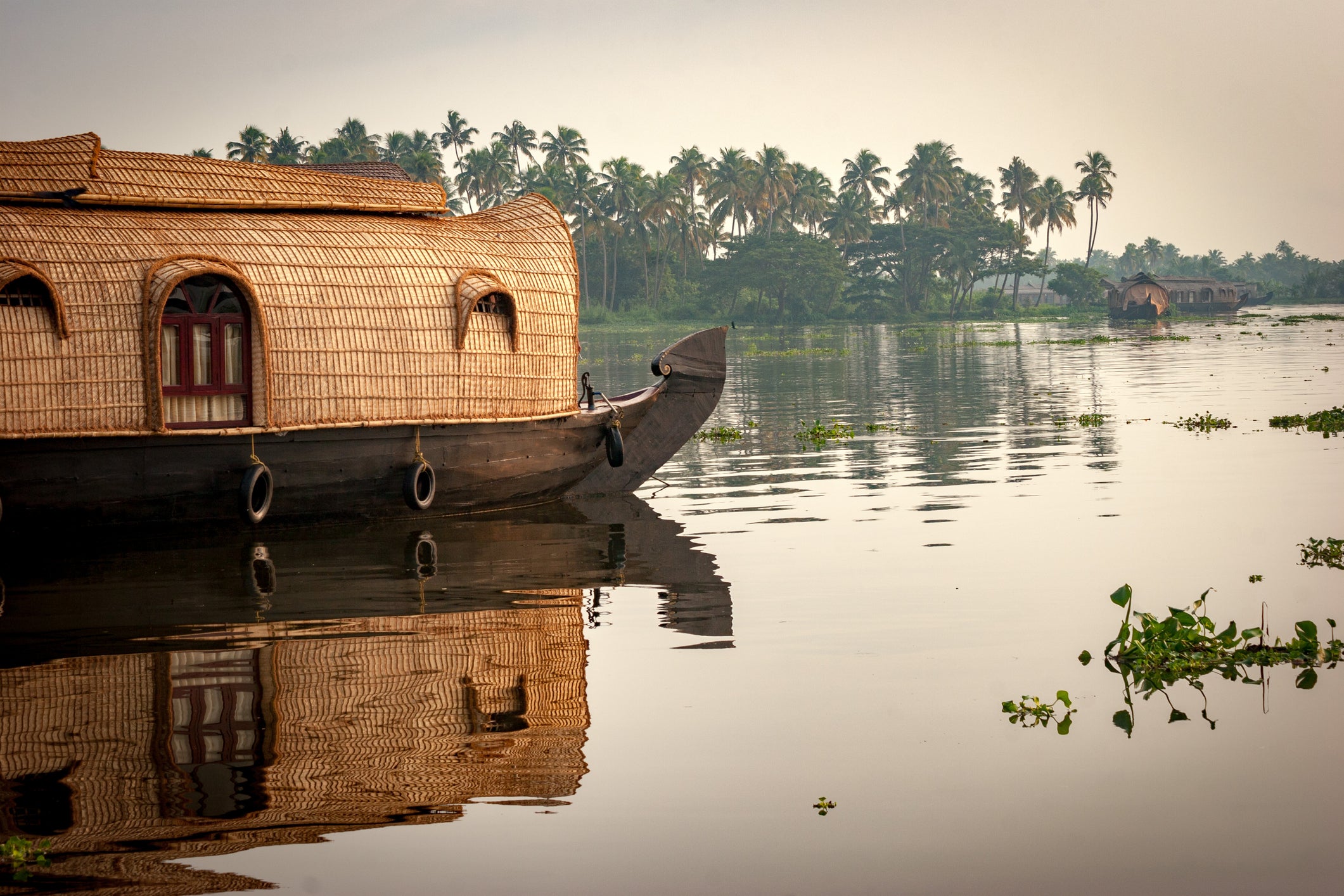
I run into more than one city-bound Indian tourist like her as I roam through the spice plantations, tea estates and beaches in this slice of India. Younger Indians, flush with disposable income and a newfound appreciation of organic food, holistic living and the cultural riches within their own borders, have discovered Kerala.
“All of this has happened in the last six or seven years,” says Shelton Pinheiro, the executive creative director at Stark Communications, a tourism and marketing agency working with the region. “There has been a revival in local, regional things, especially among people who have travelled abroad and come home to discover what they have here is just as special.”
We are talking over lime sodas and spicy chunks of chicken, curry leaves and shallots fried crisp in coconut oil at the Marari Beach Resort, a seaside getaway near the Malabar coastal village of Maraikulum, where city dwellers come to get Ayurvedic treatments and swim in the Arabian Sea.
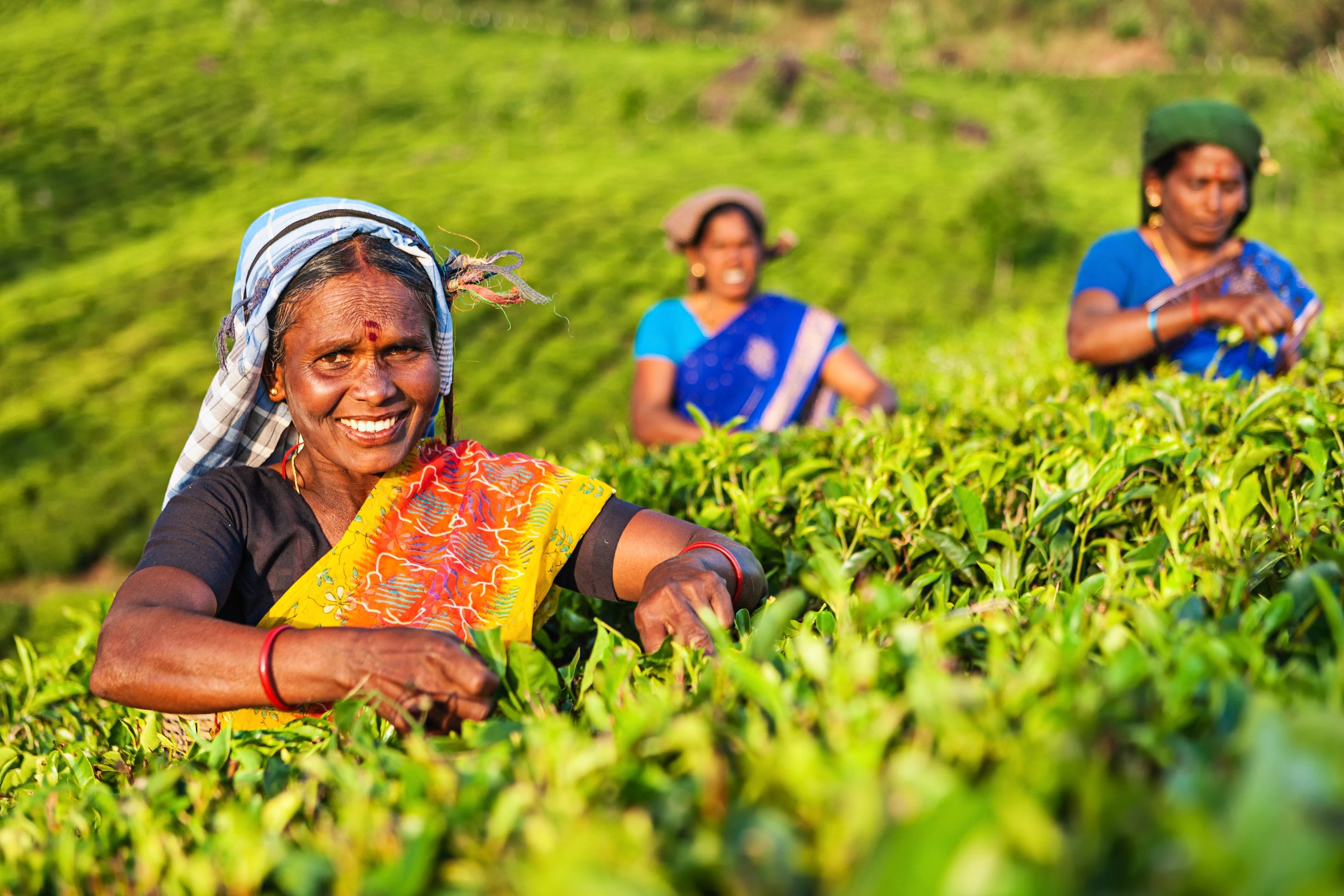
The chef and cooking teacher Asha Gomez is sitting with us, taking a break from the intense, late-spring South Indian sun. The author of a well-received cookbook called My Two Souths: Blending the Flavours of India Into a Southern Kitchen, she is often the brightest light in a room. She has been pestering me to travel to Kerala almost from the day I met her a half-dozen years ago at Cardamom Hill, the restaurant she used to run in Atlanta in the US.
“Kim,” she would say, grabbing my hands, “you must come discover why we call it God’s own country.”
I finally took her up on it. After 14 hours in a plane that took us through Qatar and then to Kochi, the largest urban area in Kerala – its airport is the first in the world run completely on solar power – we find ourselves in this beach resort dissecting the new wave of Indian travel over fried chicken that is almost like the banana-leaf-wrapped version she used to eat as a child at street stalls called thattu kadaas.
Gomez grew up in Thiruvananthapuram, Kerala’s capital city on the Arabian Sea, about a four-hour drive south of the beach where we are eating. Many of the white beaches along the Kerala coast are rustic and inviting. A pleasant morning can be spent watching traditional wooden fishing boats come and go. Gomez swears that the sand is softer and the water is bluer as you get closer to India’s tip, where she grew up.
After her father died of a heart attack when she was 16, she and her mother moved to Michigan, where her older brothers were in college. She made her way to New York City before landing in Atlanta, where she has made a career out of blending the food of the Indian South with the American South, first at Cardamom Hill and now out of a private kitchen called The Third Space.
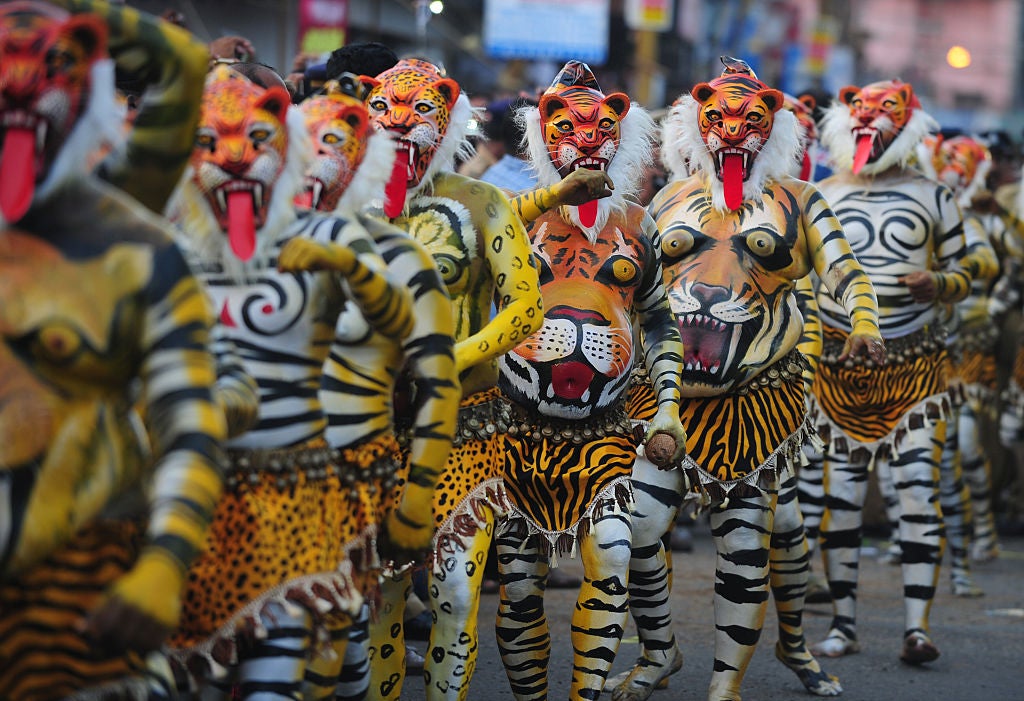
The approach might seem another attempt to cash in on a rising American appetite for international culinary mash-ups. But the two styles of cooking work together beautifully.
The hot, vinegary sauce in a dish of pork vindaloo is not far from the one that moistens a whole-hog barbecue sandwich in Eastern North Carolina. The black pepper that grows everywhere here helps tame the innate sweetness in a Southern-style carrot cake. And for both American southerners and Indian southerners, eating fried chicken is woven into the cultural fabric.
“When I was younger, no one from Madras or even Goa was thinking about going to Kerala to eat for vacation,” she says. “Travelling for pleasure was wasting money. Now anyone you talk to has either been or is planning to go.”
Travellers from the United States and Europe who might have a specific interest in tea or the vast nature preserves that hold tigers and elephants have long made their way to Kerala, starting and ending their trips in Kochi, a city of about 600,000 that is easier to navigate and less tradition-bound than New Delhi, Mumbai or Bangalore.
Even outside the city, Kerala is more distinctly laid-back than most of the other 36 states in India. It’s the most religiously diverse part of India, and the literacy rate among its 33 million residents is the country’s highest. In some parts of the state, American rock edges out Bollywood soundtracks as the preferred backdrop.
There are plenty of small resorts along its subtropical coastline, and a series of river communities called the backwater that feature wooden houseboats furnished with cooks and nice furniture that provide a base for family vacations. Kerala’s cooking is light and infused with chilli and coconut; its dishes are built largely around rice and fish.
“Most of my friends say Kerala is the soft landing for India because then you are used to India and ready for all of its glorious chaos in other places,” Pinheiro says.
It is also religiously diverse – more than half of the people here practice Hinduism, but there are plenty of Muslims, a handful of Jewish neighbourhoods and lots of Catholics – a fact that manifests itself through the region’s cuisine.
The Portuguese, who landed here in the 15th century and took up the spice trade, introduced Catholicism. They also brought with them a love of pork and the chillies that would come to define a lot of Kerala’s food. It’s how Gomez’s family got its name and why she grew up a meat-eating Catholic in a land where vegetarianism is the predominant eating style.
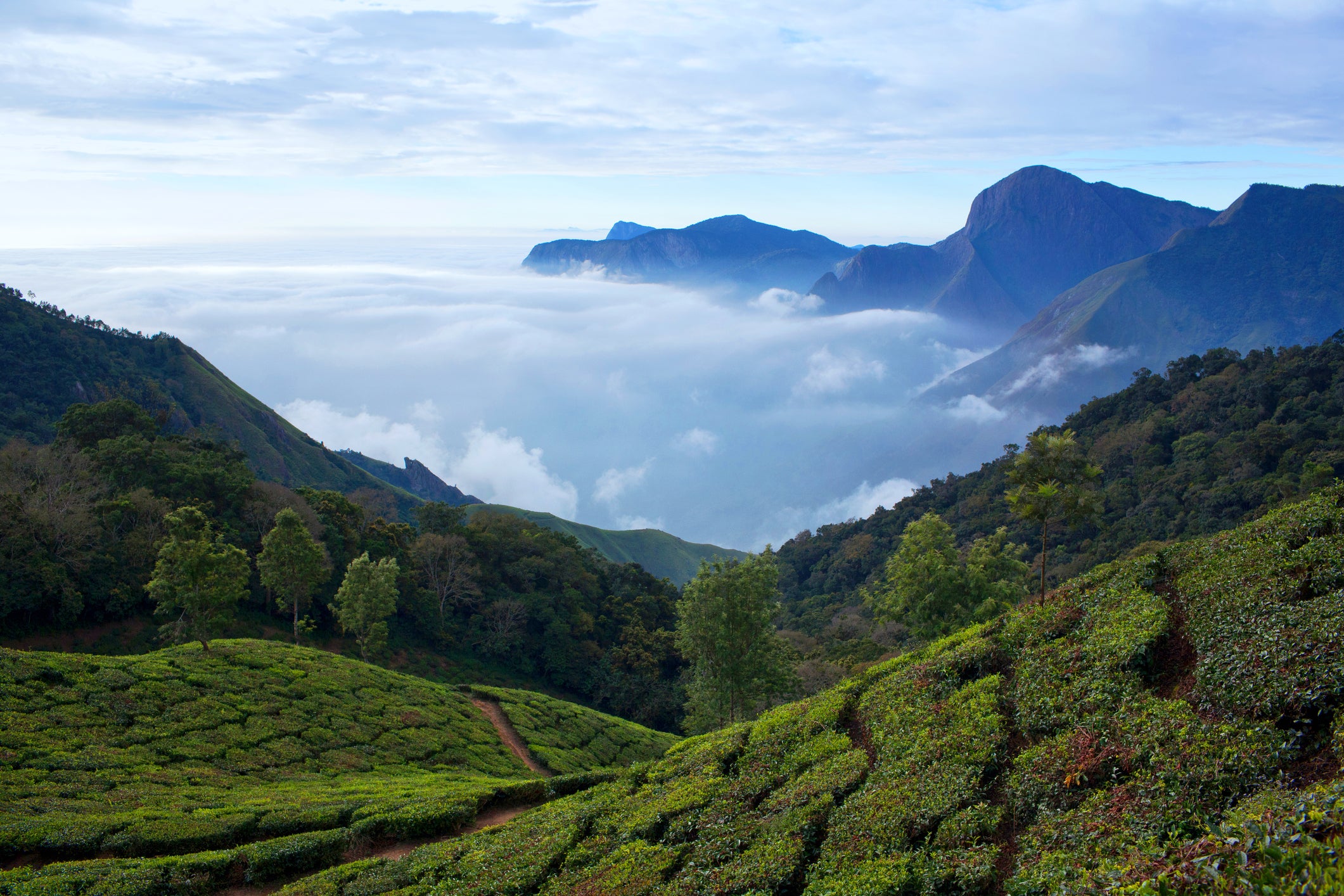
It makes sense, then, that Kerala and its food are increasingly attractive to younger people from India’s huge, sprawling cities who, like travellers in many parts of the world, are increasingly using food as an organising principal for their vacations.
“Growing up, we never took vacations to eat and at home we never ate out unless it was a super special occasion,” Pinheiro says. “Now once or twice a week we eat out.”
In Kochi, millennial eaters are rejecting the American-style fast-food restaurants they grew up on in favour of authentic experiences that offer new twists on classic South Indian dishes.
At places like Pai Brothers, crispy, paper-thin dosas might be filled with duck masala or chocolate and cashews. At Dhe Puttu, a small restaurant chain started by the popular Malayalam film stars Dileep and Nadirshah, puttus – traditionally a breakfast staple of soft cylindrical steamed dumplings made from ground rice and coconut – have been pushed into fanciful forms that can take on the flavours of Spanish paella, a biryani or even an ice cream sundae.
We eat our last meal there before heading out of the city toward the tea estates and spice gardens that lace the Cardamom Hills of Kerala.
To get there, we spend nearly five hours in a van grinding our way up the steep hills of the Western Ghats, stopping only for plates of vegetable curry and glasses of fresh pineapple juice. The road narrows as we work our way past wildlife sanctuaries and forests of sandalwood. The oppressive mugginess of the city is lifted, giving way to weather cool enough that I consider digging out the one light sweater I brought. Tea estates cascade down the steep valleys, their tight, trimmed shrubs looking as manicured as a formal English garden.
Manoj Vasudevan, a photographer who teaches tourism in Kerala and has explored the mountains here for decades, is our guide. That includes explaining the finer points of mountain driving in India, which requires faith, acceptance and a good horn.
The strips of pavement hugging the mountainside are often only wide enough to hold one vehicle, but sometimes three try to navigate a stretch at once. Horns are essential to blast our gentle warnings on blind curves. Inevitable traffic knots that bring traffic to a stop are solved when a driver or a passenger hops out and calmly directs cars and buses to back up or edge around each other. Everyone then heads on without a harsh word or even a friendly wave.
“We practice a kind of practical politeness,” he explains.
Many of the sprawling tea estates we pass are owned by Tata Global Beverages, which maintains 51 estates in India and Sri Lanka. We stop for lunch at the Briar Tea Bungalow, a rambling, low-slung colonial-style building north-west of Munnar that the British built on a mountain top surrounded by 2,500 acres of tea plants.
We wade out into hip-high tea bushes and hike to where women armed with small hedge clippers spend the day trimming the very tips from the tea bushes. A day’s work brings in a little over $6 (£4.50), more if they can beat their daily quotas.
Soon, we are back on the road heading for the heart of spice country. Small spice gardens start to pop up. Some offer tours for a couple of hundred rupees, about $3. Others declare themselves to be organic, and have small shops where packets of vibrant ground turmeric, nutmeg and green cardamom pods can be had for prices that would make a cook used to prices at a Western supermarket fall to their knees.
Touring spice gardens is a fairly new pursuit here, driven by a growing appreciation of agriculture and cooking among tourists.
“Twenty years ago when I travelled this way there was not even a single place,” Vasudevan says. “Ten years ago there were maybe a few places. Now, they’re all over. Somebody started it, then everyone started copying it because they saw that people were becoming curious to see how spices grow.”
And then there’s black pepper. From the time of the Roman Empire, people have been coming to Kerala for black pepper. Wars have been fought over it. The plants that produce the fruit are everywhere. Their thin green vines wrap around jackfruit, mango and coconut trees that grow with such abandon they don’t seem to need a bit of human effort to thrive.
Cardamom is a big money maker here, but black pepper remains the coin of the realm. Even though Indian pepper growers are fighting off cheaper production in countries like Vietnam, there are still plenty of wealthy owners who oversee vast plots. But in every village and small town, you can find someone who grows a little pepper and sells a few kilos when a bill comes due or there’s a wedding to fund. About 30 per cent of the people who live here are involved in the spice trade, Vasudevan estimates.
Gomez and I find our way to an organic spice garden in Thekkady where Thomas Puttampurakkal, a retired Kerala police officer in his eighties, tends to pepper vines that twist around jackfruit and nutmeg trees growing in what seems to be an agricultural system with no real pattern or structure. He uses only elephant dung for fertiliser. Pepper, he explains, is all about terroir. The best grows naturally here in the high elevations, the green berries protected by the shade until they ripen.
The green pepper berries become black pepper after they spend four or five days in the sun. Those same green berries can also produce white pepper, whose pungency is softened by a long soak in water before they are dried and their husks removed.
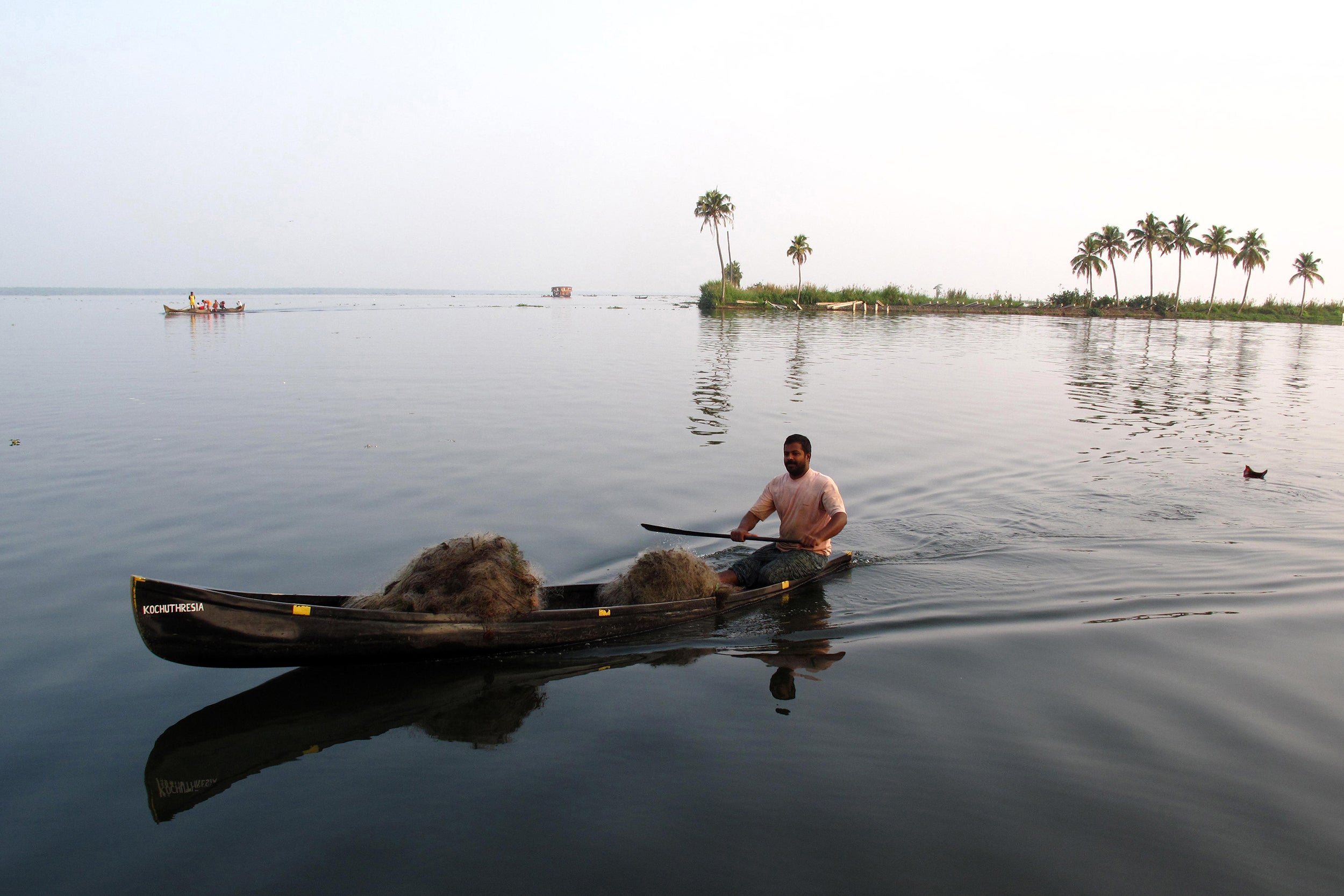
Gomez and I wander through Puttampurakkal’s spice garden like kids in a toy store. We rub curry leaves between our fingers and dig up turmeric roots. We search around the bottom of willowy cardamom stalks 12 feet tall, looking for green buds. We suck the custardy pulp off the seeds inside cacao pods, smell clove buds and peel a bit of bark from a cinnamon tree.
We find a nutmeg tree and pull down a round piece of fruit the size of my palm. Someone has a knife, so we slice it open to reveal a glossy dark gem covered in a lacy red coat. The seed is nutmeg.
In the little shop Puttampurakkal runs, I buy bags of the small, local black Malabar peppercorns locals call tribal pepper and another of the fat, fragrant peppercorns called tellicherry, named after the famed growing region in Northern Kerala.
I bite into one. It tastes like citrus and flowers. In a split-second, heat overtakes the flavour, like hot perfume in my mouth.
Gomez wanders in, her hands filled with nutmeg. “You have no idea how excited I am,” she says.
Puttampurakkal is laughing, probably at us. It doesn’t matter.
I have made it to the Cardamom Hills. Gomez is right. It is God’s own country. Or, at least, a cook’s.
© New York Times
Join our commenting forum
Join thought-provoking conversations, follow other Independent readers and see their replies
Comments